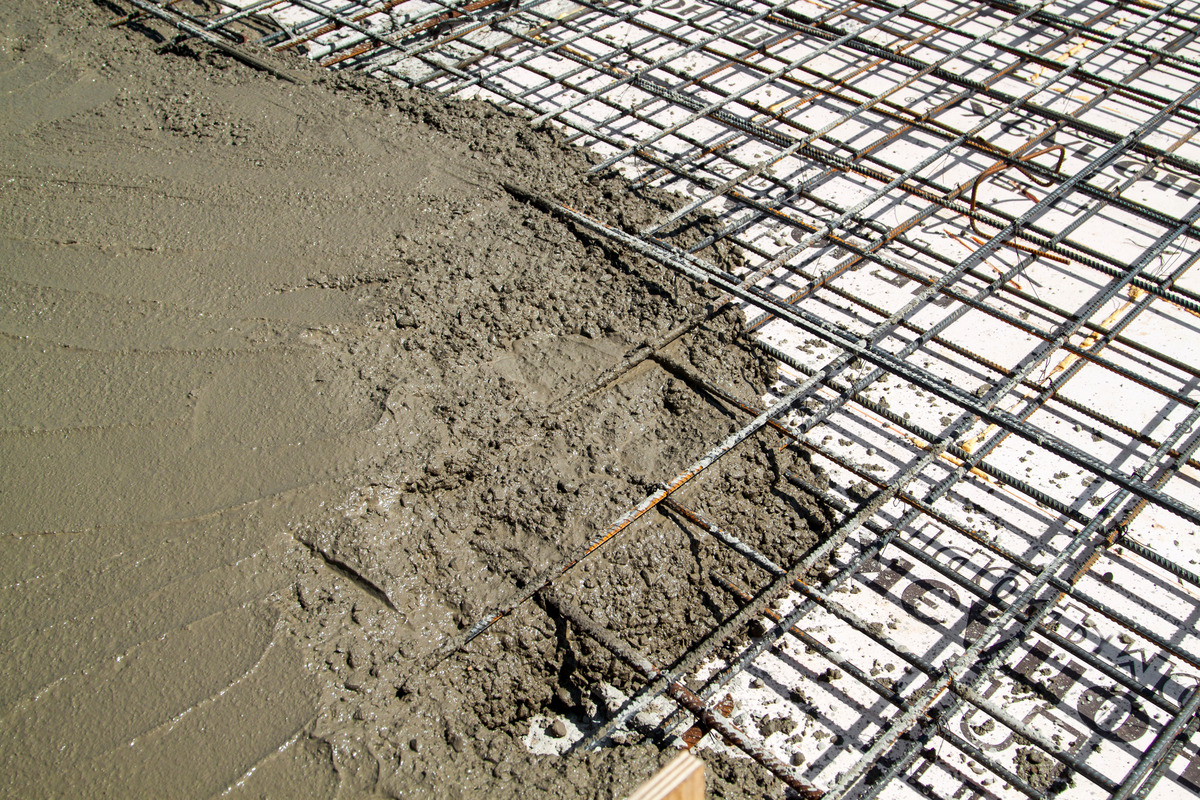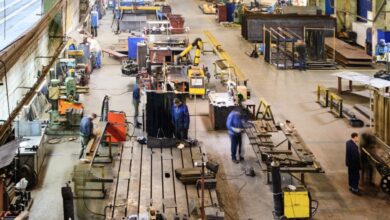
What You Need To Know About Fiber-Reinforced Concrete
Unlike traditional concrete, which can be prone to cracking and brittleness, fiber-reinforced concrete (FRC) incorporates fibers such as steel, glass, synthetic, or natural materials to improve performance and longevity. This innovative material is gaining popularity for projects ranging from residential and commercial buildings to bridges and pavements. To transform your projects, learn what you need to know about fiber-reinforced concrete.
Benefits of FRC
Fiber-reinforced concrete offers a range of benefits that make it a superior choice for construction projects. First and foremost, it offers enhanced tensile strength and durability, making it easier to implement certain techniques for handling concrete forms.
By reducing the likelihood of cracking, FRC ensures a longer lifespan for buildings, pavements, and other applications, decreasing the need for costly repairs or maintenance over time. Additionally, the inclusion of fibers improves impact resistance and abrasion tolerance, making the material ideal for high-traffic areas or structures exposed to harsh conditions.
Types of Fibers Used in FRC
Each type of fiber used in FRC offers distinct benefits based on the project’s needs. Steel fibers are known for their incredible strength, making them ideal for load-bearing structures. Synthetic fibers, such as polypropylene, are favored for their lightweight properties and ability to enhance crack resistance.
Glass fibers are perfect for decorative elements like architectural facades. And natural fibers, like coconut or sisal, provide an eco-friendly alternative while improving flexural strength in non-structural applications.
Types of Fiber-Reinforced Concrete
Reinforced concrete is categorized into macrofibers, microfibers, and hybrid combinations, each serving distinct purposes in construction. Macrofibers are typically larger particulates, like steel or synthetic polymers, that enhance the concrete’s structural integrity, providing improved resistance to cracking, impact, and heavy loads.
Microfibers, often synthetic materials like polypropylene, focus on minimizing shrinkage, controlling early-stage cracking, and increasing surface durability. Hybrid fiber-reinforced concrete combines both macro- and microfibers to leverage the unique benefits of each, creating a versatile material capable of addressing multiple challenges simultaneously.
Applications for FRC in Construction
Another thing you need to know about fiber-reinforced concrete is where you might find this versatile material. FRC’s versatility makes it a popular choice for projects requiring durability, strength, and resilience. For instance, FRC is extensively used in the construction of industrial floors, providing resistance against heavy loads and minimizing cracking under stress.
Its application extends to roadways and bridges, where it effectively mitigates fatigue caused by traffic and environmental conditions. Underground structures, such as tunnels and culverts, benefit from the material’s ability to withstand high pressure and prevent leaks. Additionally, FRC is a go-to material for precast elements, such as panels and pipes, ensuring longevity and structural integrity.
As construction projects continue to evolve, FRC stands ready to meet the challenges of tomorrow, proving that innovation and practicality can go hand-in-hand to build a stronger, more reliable infrastructure for the future.






